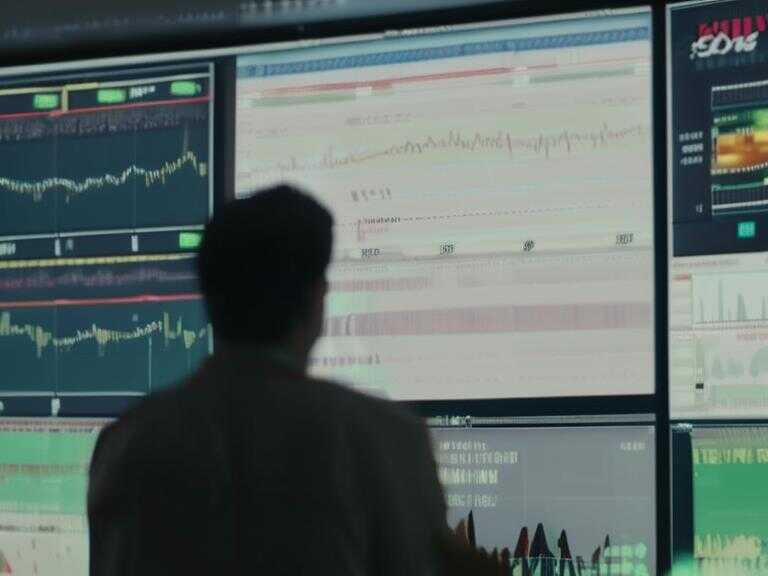
U.S. Economy Adds 206,000 Jobs in June, Unemployment Rate Increases to 4.1%
U.S. economy adds 206,000 jobs in June, but unemployment rises to 4.1%. Fed weighs rate cuts amid slowing growth and labor market challenges.

According to the latest report from the Labor Department, the U.S. economy added 206,000 nonfarm payrolls in June, exceeding the Dow Jones forecast of 200,000 jobs. This figure, however, is lower than the revised gain of 218,000 jobs in May, which was initially estimated at 272,000.
Unemployment Rate and Federal Reserve
Despite the increase in job creation, the unemployment rate unexpectedly climbed to 4.1%, the highest level since October 2021. This conflicting sign poses a challenge for Federal Reserve officials as they evaluate their next move on monetary policy. Initially, the forecast had anticipated the jobless rate to remain steady at 4%.
Labor Force Participation and Unemployment Rate
The labor force participation rate, indicating the level of working-age people who are employed or actively seeking employment, rose to 62.6%, up 0.1 percentage point. The broader unemployment rate, which includes discouraged workers and those with part-time jobs for economic reasons, held steady at 7.4%. Household employment, used to calculate the unemployment rate, experienced a rise of 116,000, along with a decrease of 28,000 full-time workers and an increase of 50,000 part-time workers.
Despite some sectors experiencing declines, the job creation in June was mainly attributed to a 70,000 surge in government jobs. Additionally, the healthcare sector added 49,000 jobs, social assistance contributed 34,000, and construction saw an increase of 27,000.
Wages and Market Reaction
On the wage front, average hourly earnings increased by 0.3% for the month and 3.9% from a year ago, in line with estimates. Following the report, stock market futures nudged higher, while Treasury yields were negative. It's worth noting that there was a significant revision in the May payrolls count, with April also being revised downward.
Long-Term Unemployment and Minority Workers
Long-term unemployment witnessed a sharp increase, rising by 166,000 to 1.5 million compared to 1.1 million a year ago. The share of long-term unemployed as a percentage of the total jobless level also saw a notable uptick. The unemployment rate for Black workers moved up to 6.3%, its highest since March, while the rate for Asians jumped a full percentage point to 4.1%, its highest since August 2021.
Federal Reserve's Contemplation
Federal Reserve officials are currently contemplating their next moves on monetary policy. While policymakers indicated the need for more progress on inflation before lowering interest rates, market expectations are pricing in two rate cuts before the end of 2024. However, at the June meeting, Fed officials penciled in just one cut, emphasizing the requirement for additional favorable data before proceeding with reductions.
Economic Growth and Projections
Recent signs of contraction in hiring for both the manufacturing and services sector, along with slowing economic growth, have raised concerns. The Gross Domestic Product (GDP) is on track to grow at just a 1.5% pace in the second quarter, according to the Atlanta Fed, following a 1.4% increase in the first quarter.
Share news















